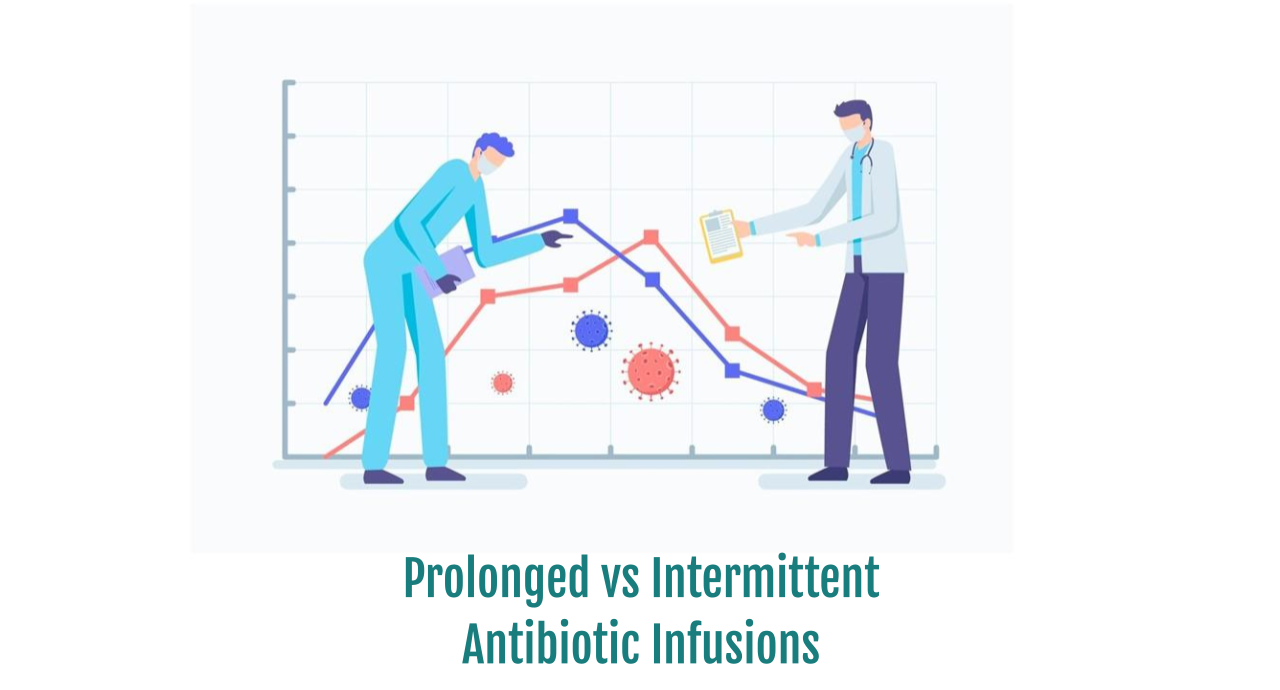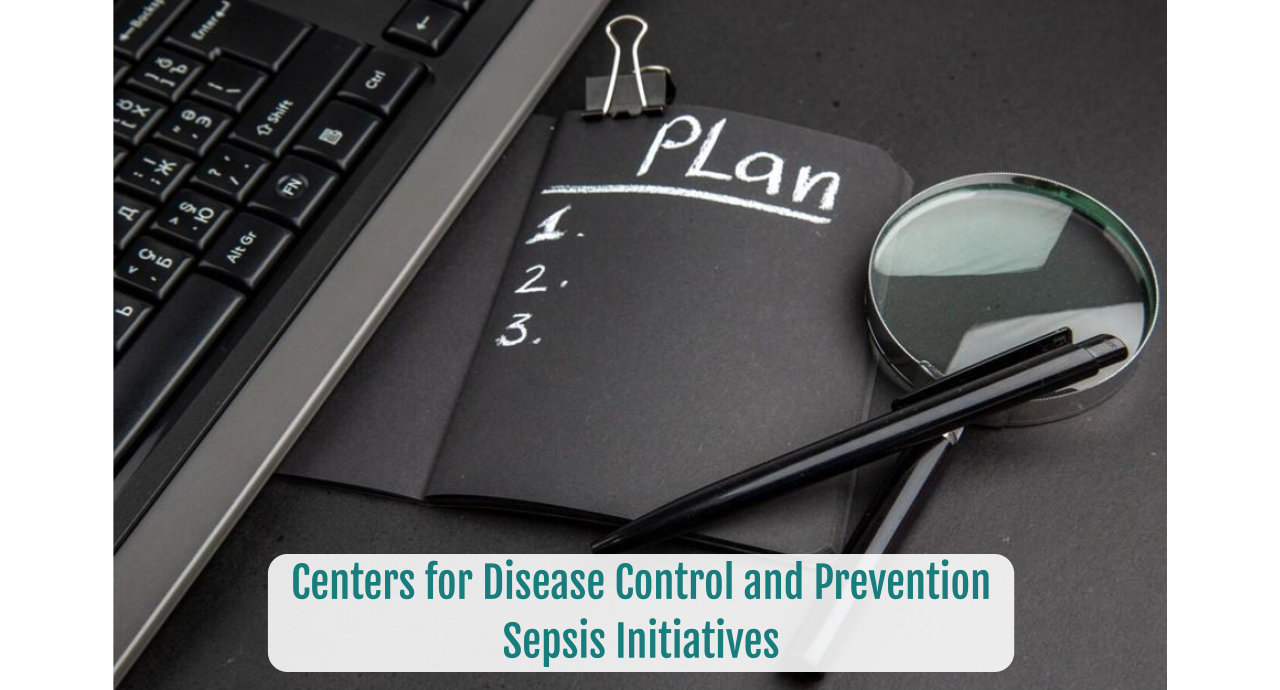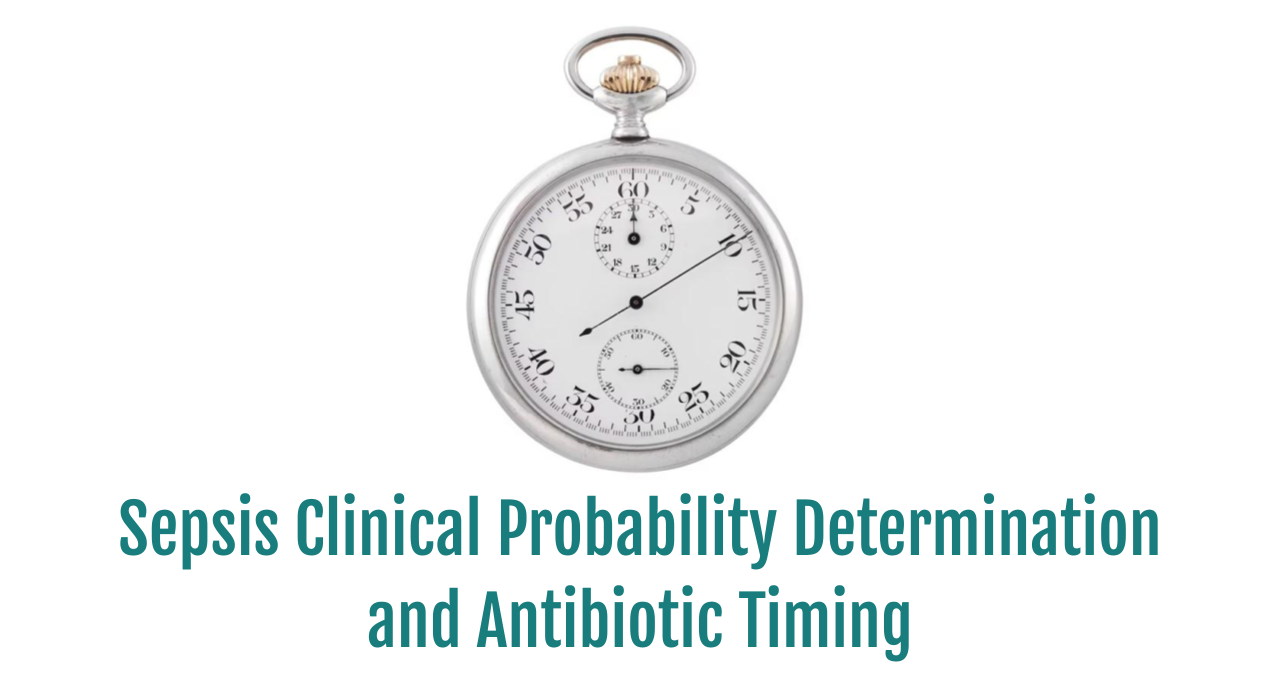Sepsis Programs in Acute Care U.S. Hospitals
Sepsis Programs in Acute Care U.S. Hospitals SUMMARY: Sepsis programs within a hospital have been found to decrease: Mortality Length of stay Hospital costs The National Healthcare Safety Network conducted a survey in 2022 acute care hospitals on their sepsis programs. Of 5,221 respondents, the majority of hospitals reported the










